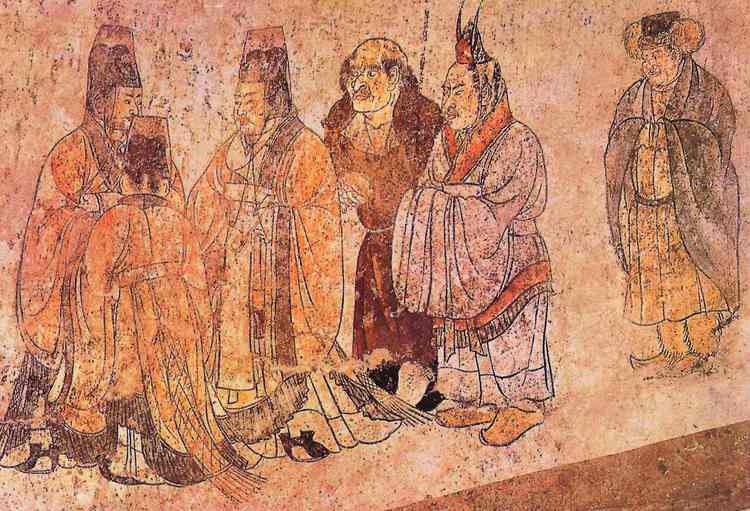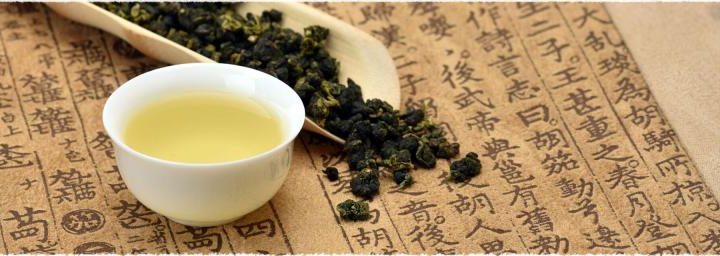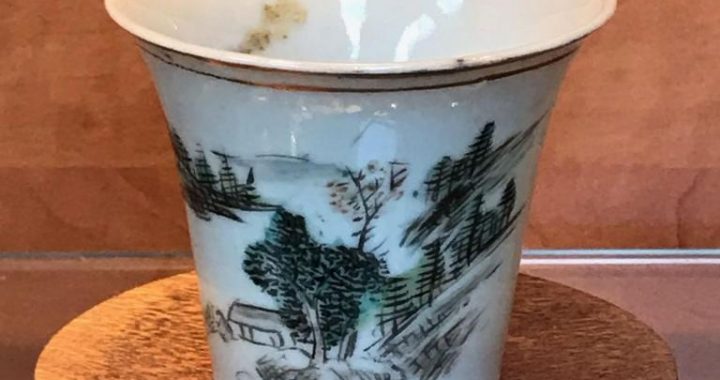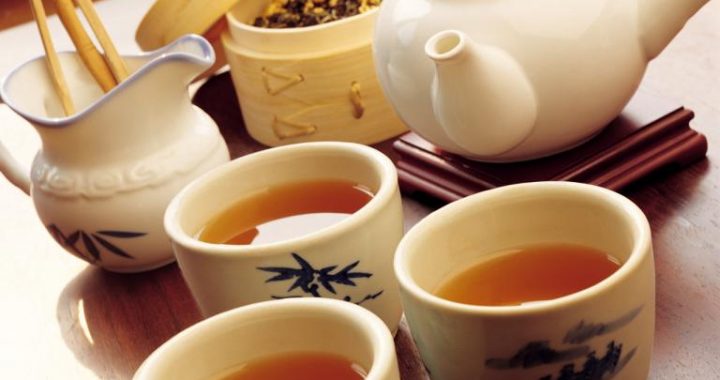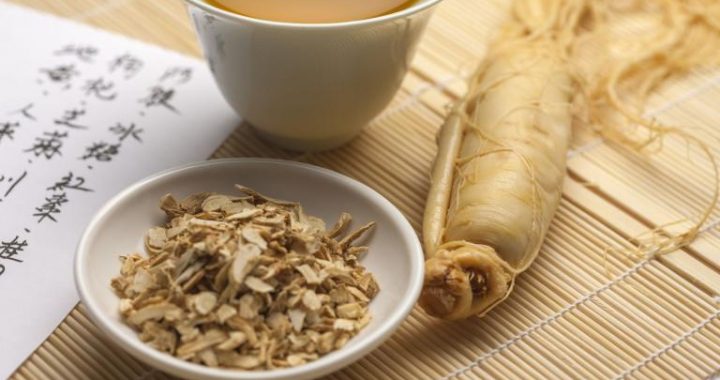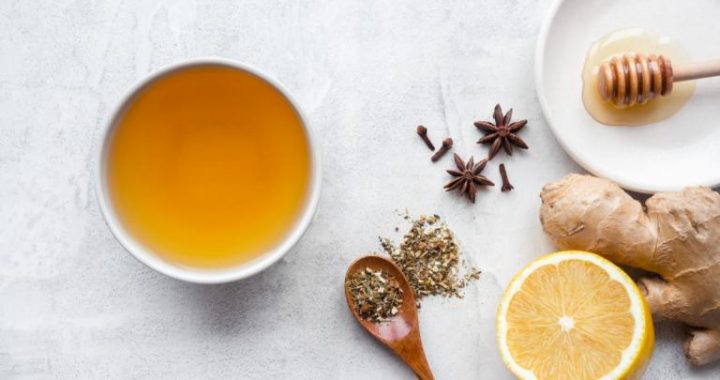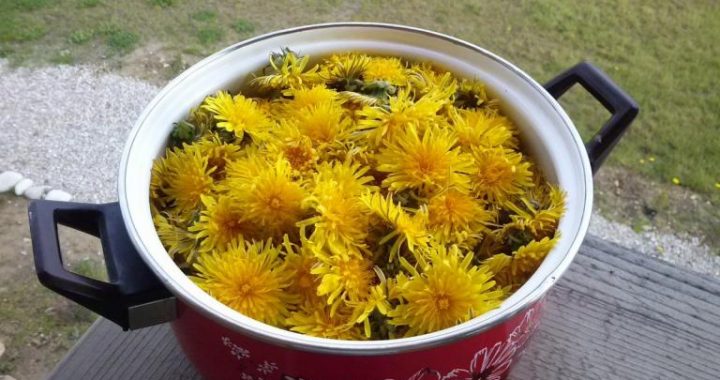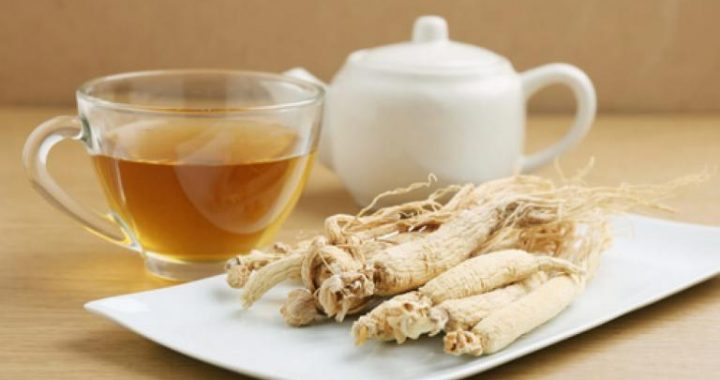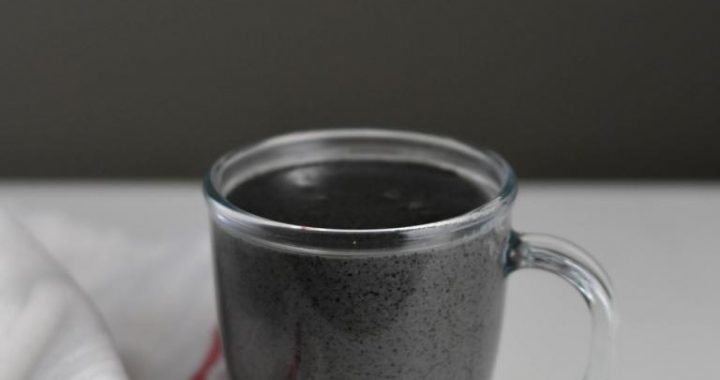The Spread and Popularization of Tea Culture in the Tang Dynasty
4 min readThe Tang dynasty (618~907) was a prime time during the development of the Chinese feudal society, which provided excellent social conditions for the promotion and popularization of tea and tea drinking custom. In fact, with the economic and cultural prosperity of the Tang dynasty, tea drinking and tasting rapidly became an indispensable habit in the daily life of all walks of people, and it began to spread to the foreign countries as a kind of culture as well.
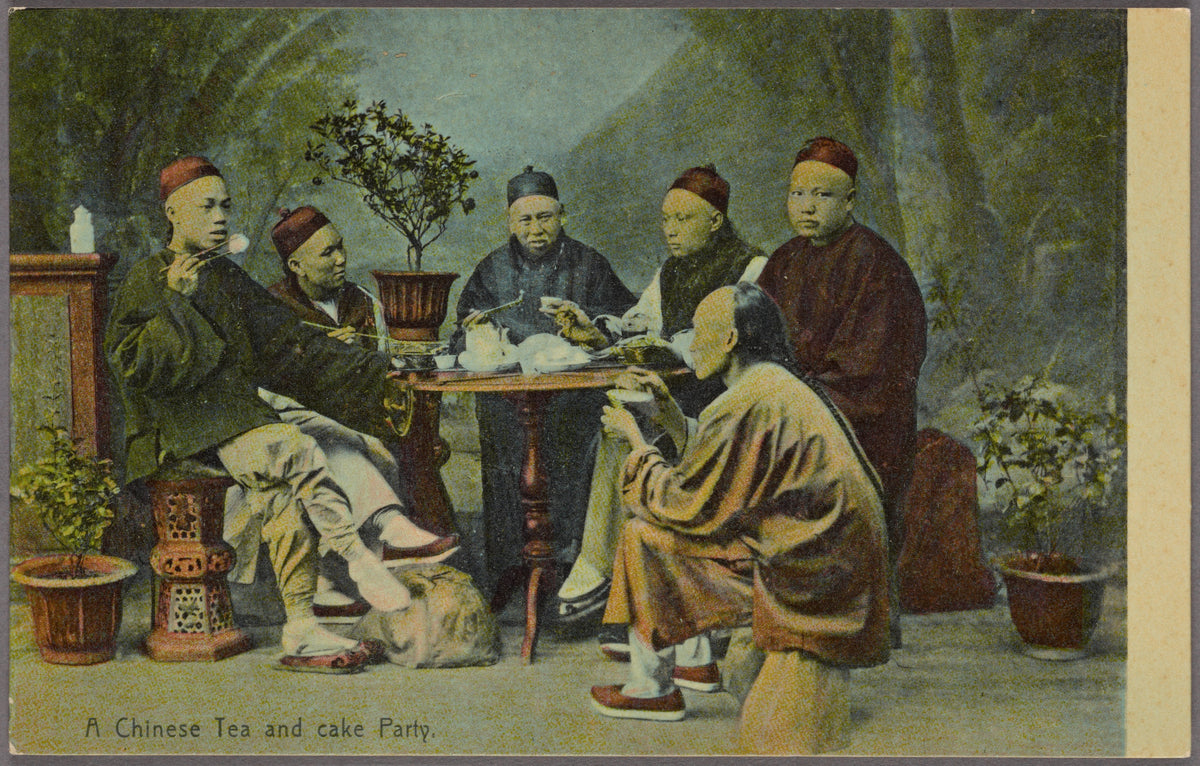
The Nobleness of Tribute Tea
Tea drinking in the palace started from the Wei, Jin, Southern and Northern dynasties, and ti1l the Tang dynasty, the demands of tea in the palace gradually increased, thus the kinds of tea that need to pay tribute to the court also increased. According to historical records, the tribute teas then included HuzhouZisun Tea and Mengding Tea of Mengshan Mountain in Sichuan Province. In order to strengthen the supervision of tribute tea processing, the Tang dynasty set up “Gongcha-yuan”(an organization in charge of tribute tea) and sheriffs in year 770 to supervise the production of tribute teas. This was an unprecedented event.
The emperor also demanded that by the day of Spring Begins (“Li Chun”) the local officials should go into the mountains to supervise the tea collection and preparation and then transport the tea to the capital, all of which should be completed before the day of Grain Rain(“Gu Yu”). The first cargo of tribute tea must arrive capital Chang’ an 10 days before the day of Pure Brightness (“Qing Ming”) to be used as sacrificial offerings, which fully illustrated the importance of tea in the palace.
The Glory of Tea Grant
Besides enjoying the tribute tea themselves, the emperors also granted tea to the beloved ministers and scholar-officials. For them, being able to get the tribute tea granted by the emperor meant a supreme glory on the one hand and also enabled them to taste the precious and rare tea on the other hand. According to the historical records, tea drinking was very popular among the upper class. Bai Juyi, who used to be the Minister of Justice, likened drinking Mengshan Tea to listening to Lushui Music in one of his poems, which demonstrated his graceful enjoyment toboth the art and the tea. Even the much lower official Meng Xiao had indicated in his poems the willingness to beg for good tea from other people for many times.
Under this circumstance, presenting tea as gifts was very prevalent in the Tang society, from which also derived a marvel in Tang poems-the tea poems.
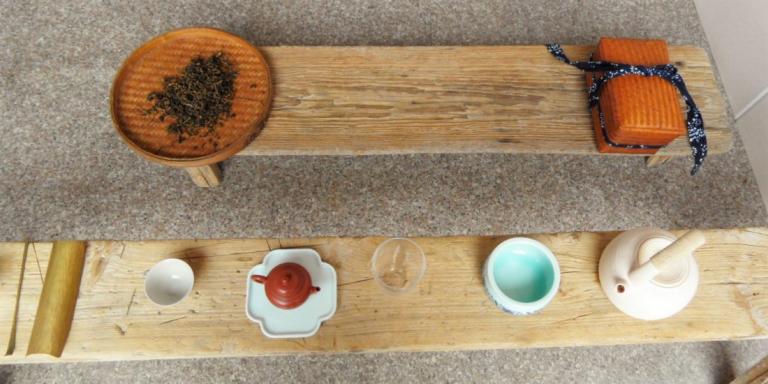
Monks and the Tea Drinking Among the People
According to the What Feng Saw and Heard written by Feng Yan, in the prime time of the Tang dynasty, the prevalent and greatly esteemed Zen Buddhism allowed the monks to drink tea. Therefore, the monks, under the name of cultivating their moral character and developing their temperament, made drinking tea an indispensable habit in their life in the temples. Meanwhile, since Buddhism was extremely prevalent in the Tang dynasty and the secular society held high esteem to the Buddhism, many people followed the monks to drink tea, which accelerated the spread and popularization of tea drinking among the people, and the teahouses appeared consequently.
In the Tang dynasty, tea, just like rice and salt, also becaome an important commodity in people’s social living, which showed that the tea drinking at that time was not only confined to the upper class, but also was quite popular among the people.
Tea Culture Began to Spread Abroad
In the Tang dynasty, Japan used to send many people to study in China, thus the tea drinking prevalent in the Tang society influenced them a lot. Most of the Japanese who visited China at that time learned to drink tea in China and later brought this habit back to Japan. According to the Rijishendaomimiji, in 805 a dignitary called Zuicheng who returned from China brought tea seeds back to Japanand sowed them beside Riji Shrine, which later developed into the most ancient tea garden in Japan.
According to some other historical records, after the Tang diet style featuring tea drinking entered Japan, it greatly influenced the Japanese diet. At that time, tea was a kind of noble and precious thing in Japan, only the royal family, noble people and high-ranking monks could drink tea; most of them considered drinking Chinese tea while creating Chinese poems as the most elegant recreation. Thus we could infer that the spread of tea abroad was not taken only as a kind of new exotic trend or simple material product, but was accepted, to a larger extent, as a kind of culture and elegant custom with much cultural connotation. This must be the beginning of the Chinese tea culture spreading to the whole world.
In a word, in the stable and abundant Tang society, tea entered the everyday life of all classes of people in a more popular and profound way. Tea drinking became a kind of habit or hobby of the whole society; meanwhile it began to spread abroad as a kind of culture and elegant convention. In addition, during the Tang dynasty there was born the famous Chinese “Tea Sage”-Lu Yu, who wrote the first book that specially researched tea and tea culture in the world history-the Tea Classic (Chajing).
